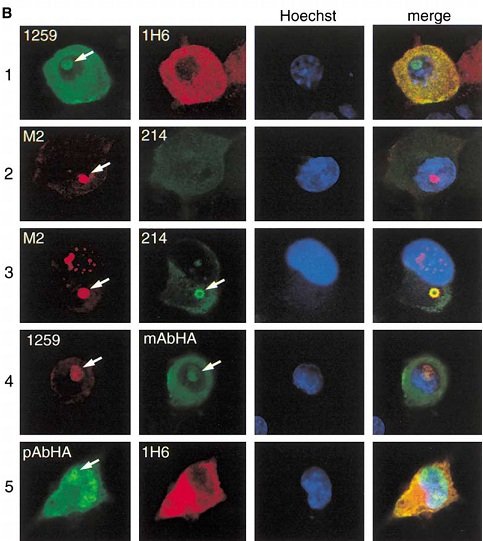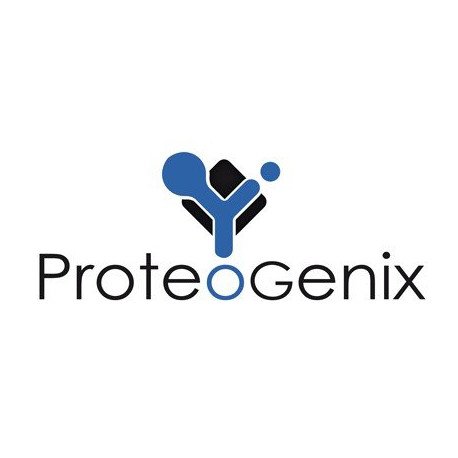Cart 0 Product Products (empty)
No products
To be determined Shipping
0,00 € Total
Prices are tax excluded
Product successfully added to your shopping cart
Quantity
Total
There are 0 items in your cart. There is 1 item in your cart.
Total products (tax excl.)
Total shipping (tax excl.) To be determined
Total (tax excl.)
Data sheet of Mouse Monoclonal antibody to human Huntingtin
| Brand | ProteoGenix |
| Product type | Primary antibodies |
| Reactivity | Human |
| Clonality | Monoclonal |
| Host species | Mouse |
| Applications | E, WB, IC, IHC |
More info about Mouse Monoclonal antibody to human Huntingtin
| Brand: | ProteoGenix |
| Proteogenix reference: | PTGX-HU-1H6 |
| Product type: | Primary antibodies |
| Clonality: | Monoclonal |
| Product name: | Mouse Monoclonal antibody to human Huntingtin |
| Host species: | Mouse |
| Target species: | Human |
| Reactivity: | Human |
| Applications: | E, WB, IC, IHC |
| Size: | 100µl |
| Clone name: | 5HUâ€1H6 |
| Uniprot: | #N/A |
| Immunogen: | Recombinant human huntingtin. The epitope was mapped between aa 115 and 129. |
| Specificity: | Human huntingtin (not known for other species). The antibody detects wiltype and mutant huntingtin. |
| Dilution: | 1/500-1/5000 |
| Alternative names: | AI256365 antibody, C430023I11Rik antibody, HD antibody, HD protein antibody, HD_HUMAN antibody, HDH antibody, HTT antibody, Huntingtin antibody, HUNTINGTON CHOREA antibody, Huntington disease protein antibody, Huntington's disease protein homolog antibody, IT 15 antibody, IT15 antibody, OTTMUSP00000026909 antibody, ZHD antibody |
| Isotype: | IgG1, k |
| Form: | liquid/frozen |
| Spec:conjugate/tag/label: | Unconjugated |
| Research area: | Neuroscience |
| Background information: | Mouse monoclonal anti-Huntingtin, clone 5HU-1H6. Defects in Huntingtin are the cause of Huntington disease. It is an autosomal dominant neurodegenerative ailment identified by personality changes, motor impairment and subcortical dementia. It affects 1 in 10,000 individuals of European origin. Neuropathology of Huntington disease displays a particular pattern with loss of neurons, mostly in the caudate and putamen. The molecular basis of the disorder involves the growth of the trinucleotide CAG, coding for polyglutamine in the first exon of a chromosome 4 which commonly produces a extensively expressed 3136 AA protein huntingtin with unclear function. The protein is located in the perinuclear region along with microtubules, and in the controsomal region along with gamma tubulin. Huntingtin is essential for neuronal survival and is implicated in synaptic vesicle trafficking, microtubule binding and have also a role in apoptosis. It is also known to interact with GAPDH, SP1, TAFII130 and HAP-1. |
| Publications: | 1. Lunkes A, Lindenberg KS, Ben-Haiem L, Weber C, Devys D, Landwehrmeyer GB, Mandel JL, Trottier Y. Proteases acting on mutant huntingtin generate cleaved products that differentially build up cytoplasmic and nuclear inclusions. Mol Cell. 2002 Aug;10(2):259-69. 2. Regulier E, Trottier Y, Perrin V, Aebischer P, Deglon N. Early and reversible neuropathology induced by tetracycline-regulated lentiviral overexpression of mutant huntingtin in rat striatum. Hum Mol Genet. 2003 Nov 1;12(21):2827-36. |
| Storage: | Store at -20°C. Aliquot to avoid repeated freezing and thawing. |
| Delivery lead time in business days in europe: | 2-3 |
| Delivery conditions: | Dry Ice |
| Image: |  |
| Related products: | - Mouse Monoclonal antibody to human Huntingtin - Mouse Monoclonal antibody to human Huntingtin - Mouse Monoclonal antibody to human Huntingtin |


